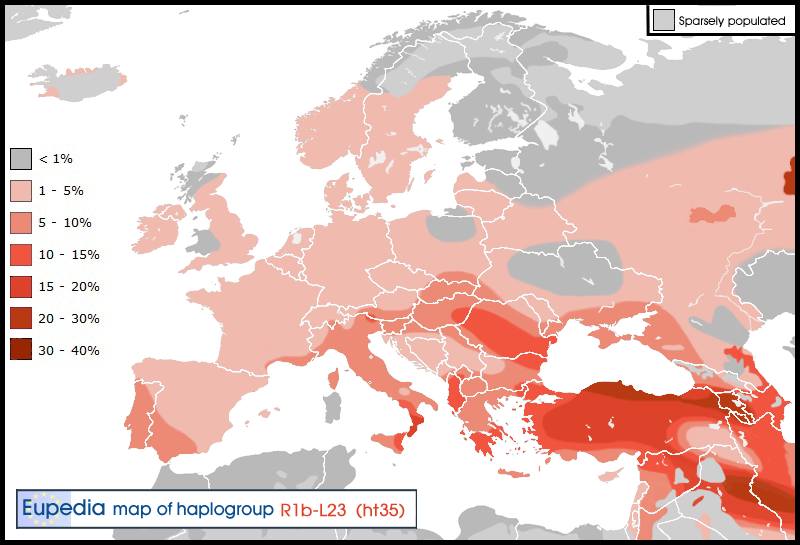It's you who don't get it!
Z93 and descendant of Z93, Z94 are all NATIVE to West Asia. this is what the REAL scientist are concluding. Of course according to the uneducated amateur racists everything is different. But wtf are those amateur racists? Nobody, and they will be always nobody and nothing!
According the latest major and the most recent
ACADEMIC study on R1a:
"
CONCLUSION
Our phylogeographic data lead us to conclude that the initial episodes of R1a-M420 diversification occurred in the vicinity of Iran and Eastern Turkey, and we estimate that diversification downstream of M417/Page7 occurred ~5800 years ago. This suggests the possibility that R1a lineages accompanied demic expansions initiated during the Copper, Bronze, and Iron ages, partially replacing previous Y-chromosome strata, an interpretation consistent with albeit limited ancient DNA evidence. "
http://www.nature.com/ejhg/journal/v23/n1/full/ejhg201450a.html
Like I said R1a in the Steppes is from West Asia (
the vicinity of Iran and Eastern Turkey ). R1a could enter the Steppes from Iran on the EASTERN side of the Caspian Sea via Kazakhstan and it is not even far from the Volga River, while R1b entered Yamnaya from the Caucasus, Maykop. This is what every recent academic study suggests.
Why don't you get? If you don't like science, it is not my problem but
YOURS!






